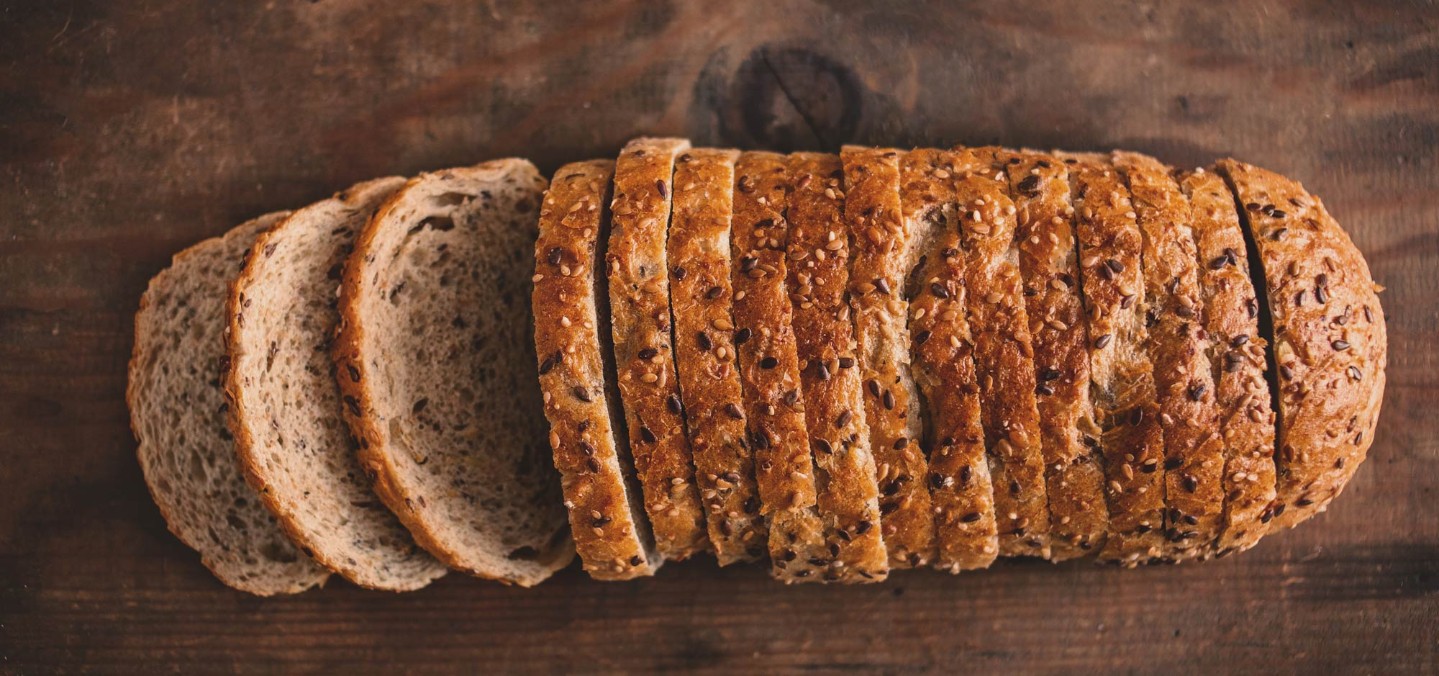A whole grain is a simple food. While simple, it is a complete grain composed of 3 parts,
including bran, germ, and endosperm. Additionally, a whole grain provides phytonutrients, antioxidants, fiber, minerals, vitamins, and carbohydrates.
Tips for finding whole grains:
- Read ingredient list: Look for Whole or Whole Grain at the beginning of the ingredient list. Example: Whole Grain Oats
- Look for Whole Grain Symbol: If a product shows a 100% stamp then all the
grains in the product are whole grains. This means that the product provides 16 grams of whole grains which is a full serving. If a product shows the basic stamp it means the product contains at least a serving of whole grains which is 8 grams.
- Not all foods have “marketing claims” of being whole grain, so read the ingredient list.
The benefits of whole grains:
- Lowers risk of Cancer.
- Lowers risk of Type 2 Diabetes.
- Lowers risk of Heart Disease.
- Helps with weight Management.
How much whole grain should someone have daily?
- Aim to eat three whole grain servings daily--a food with a label with a 100% whole grain stamp or 6 foods with any whole grain stamp. The goal is 48 grams of whole grains per day.
- Servings include 1/2 cup brown rice, oatmeal, or whole-grain pasta.
Ways to increase whole grain intake:
- Choose a ready-to-eat breakfast cereal made with whole grains or oatmeal.
- Be adventurous! Try less common whole grains such as barley, bulgur, wheat berries, kasha, amaranth, and quinoa.
- Choose brown rice or wild rice instead of white rice. Or, try a combo of rice and grains.
- When dining out choose whole grain options like whole grain pasta, whole grain pizza crust, and whole grain bread.




